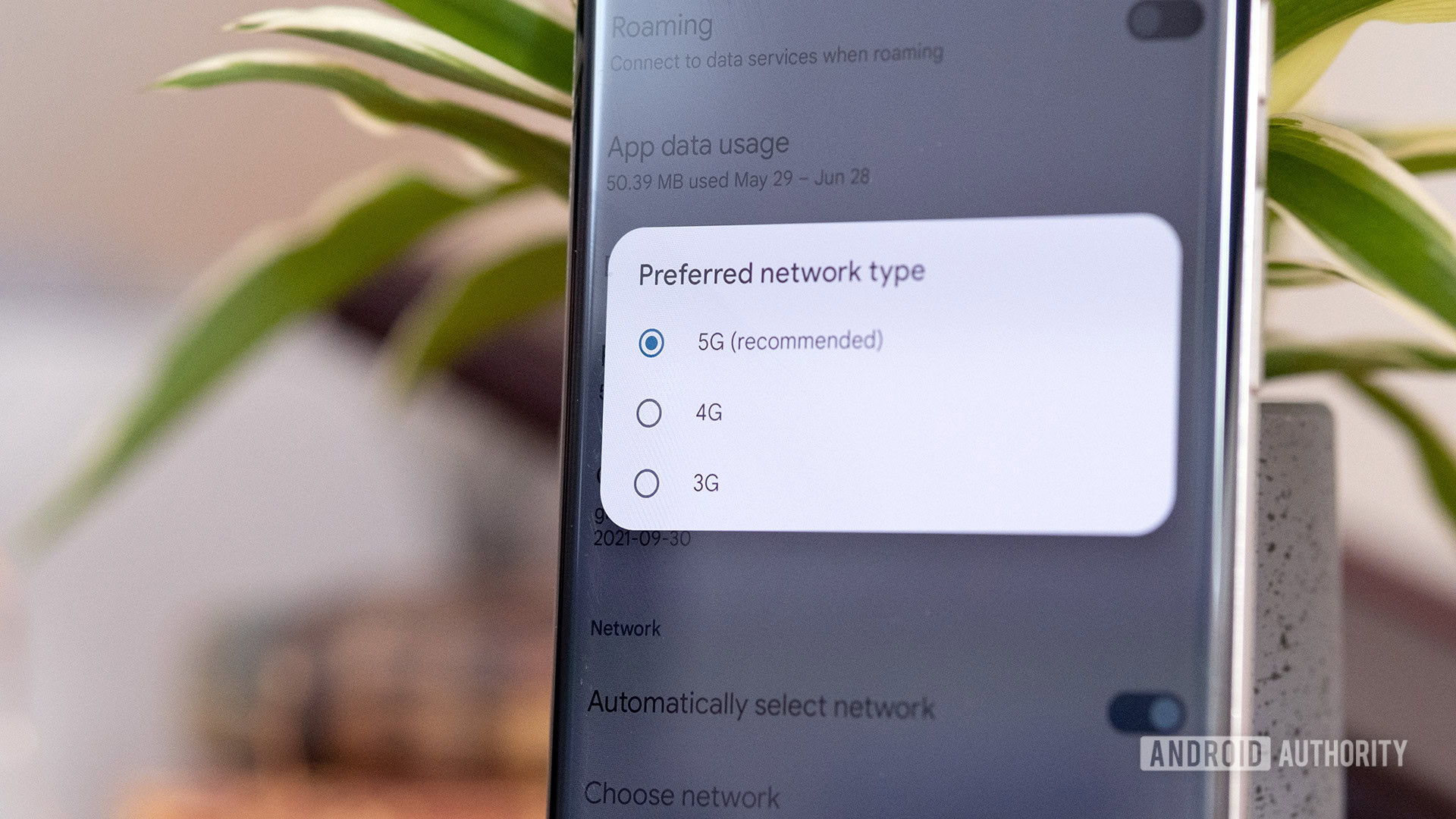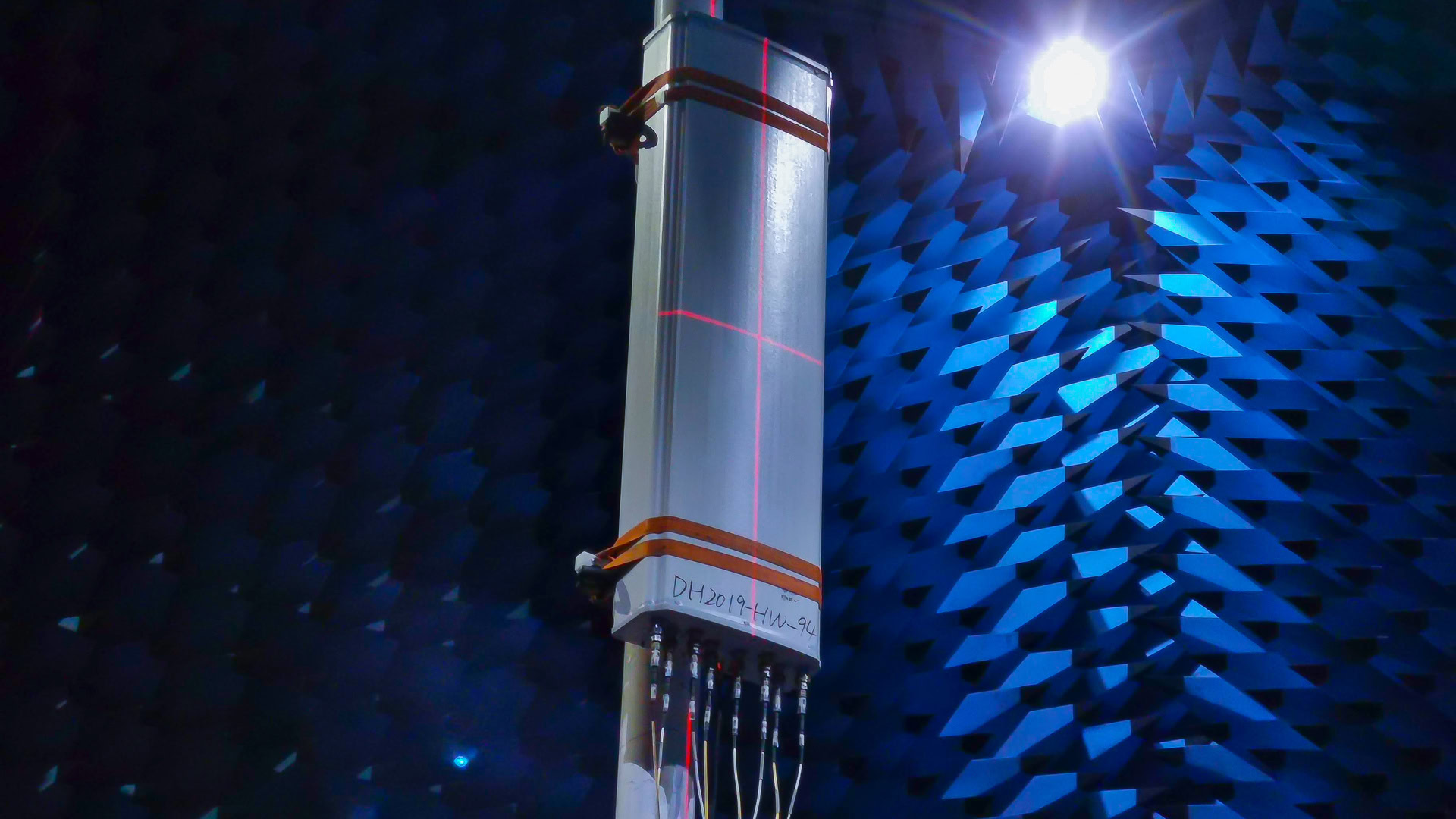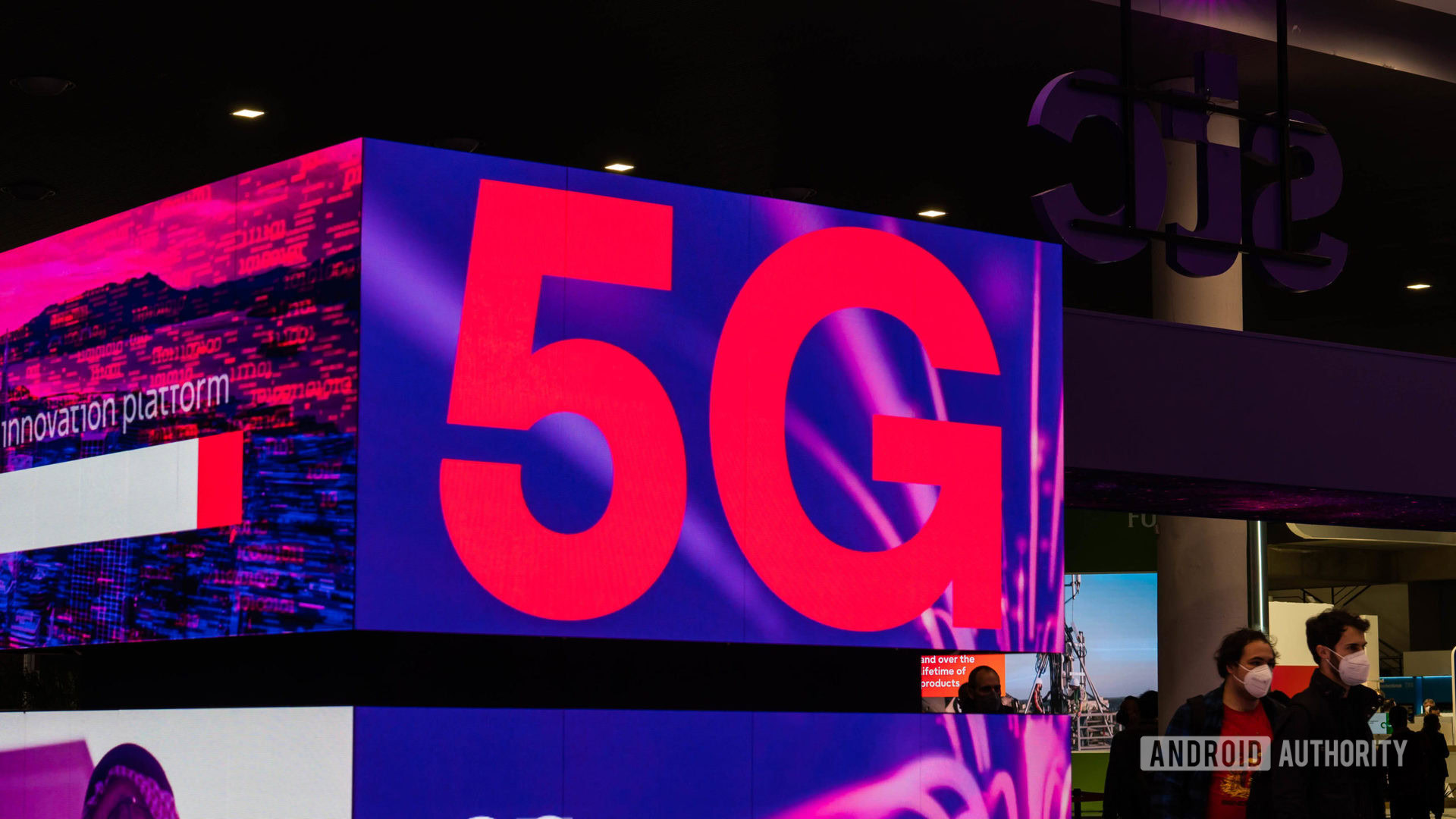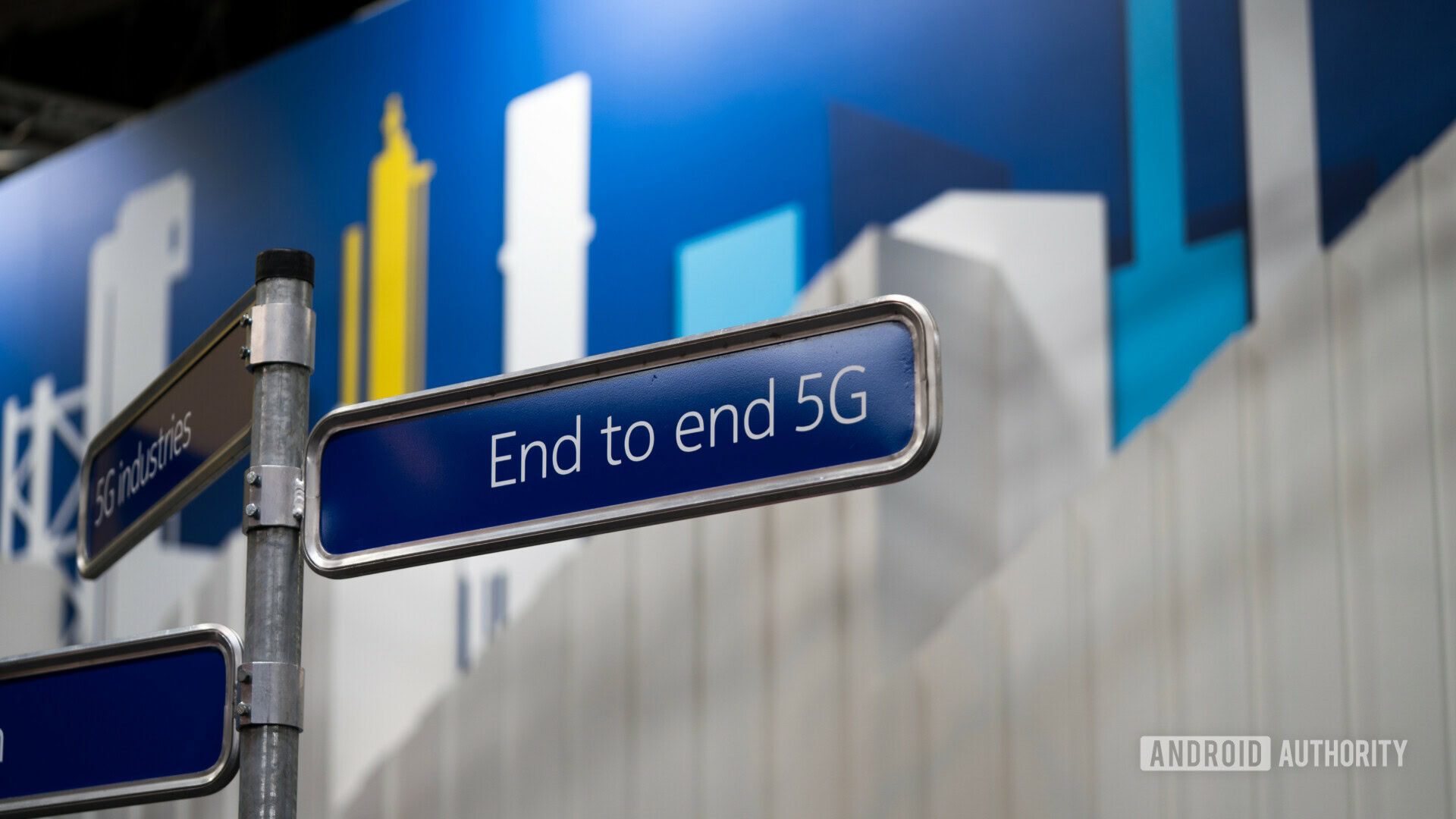Affiliate links on Android Authority may earn us a commission. Learn more.
What's next for 5G in 2022 and beyond?

Depending on who you ask, 5G is either the building block of a major shift in mobile networking or verging on a pointless and overly expensive upgrade. Despite the range of opinions, the industry is pressing ahead with improvements to the standard set to roll out in the coming months and years.
With 5G now firmly embedded in a good portion of the world’s networks, if still somewhat regionally limited, what can we expect from the next stage of the standard’s development and rollout? Let’s dive in.
5G in 2022 — the hunt for even more spectrum

Following 5G developments isn’t a straightforward business; it takes a long time to revise, finalize, and implement the 3GPP Releases that make up the building blocks of networks and connected devices. Broadly speaking, though, we’re at the stage where the fundamental technical aspects are mostly set in stone and fall under 5G New Radio (Release 15) in 2018. This includes technologies you may be familiar with, such as mmWave and sub-6GHz frequency bands, beamforming, and the use of MIMO, all of which form the backbone of the first-gen 5G networks in use today. Upcoming and future releases are mostly, but not exclusively, focused on network feature enhancements.
Read more: The best 5G phones you can buy
Release 16, the next step on the 5G journey, was finalized in late 2020. Its major contributions to the standard include support for vehicle-to-everything (V2X) communication, prioritization of enhanced mobile broadband (eMBB) and low-latency (URLLC) traffic, and unlicensed spectrum. 5G New Radio Unlicensed (NR-U) in the 6GHz band is seen as a key development for opening up even more spectrum, enabling carriers to greatly increase their 5G network capacity and speeds without reliance on costly mmWave.
Unlicensed spectrum tests are expected later in 2022.
However, unlicensed spectrum isn’t the free-for-all the name implies — there are regulatory and interference issues to overcome before carriers can deploy in these bands. The EU, South Korea, and the US have opened up the 6GHz region for use with outdoor networks, with some caveats such as automated frequency coordination (AFC) requirements in the US. T-Mobile is looking to test unlicensed 6GHz spectrum in 2022, so expect this to become a feature of many more networks once we enter 2023.
What is 5G Advanced?

Release 17, which reached “functional freeze” in March 2022, is more ambitious from a feature perspective. On the hardware side, the revision aims to extend battery life for mobile devices, enhance features for MIMO coverage and URLLC, and scale mmWave spectrum to support between 52.6 and 71GHz and the 60Hz unlicensed band. Once again, the hunt for more bandwidth is a key component of the 5G roadmap.
The upcoming release also introduces a new class of NR-Light 5G devices, which support scaled-down bandwidth and antenna requirements for low-power gadgets like wearables, sensors, video cameras, and more. There’s also support for satellite-backed communication, expanded multicast features, and centimeter-level location accuracy for industrial applications where high-precision, on-site tracking is required. Satellite-based comms (5G NTN) are likely to be used to expand network coverage beyond the typical cell edge and to previously unreachable locations, as well as to provide blanket coverage for IoT projects. Combined with much greater bandwidth and side-link expansions, Release 17 is shaping up to support a wider range of use cases than what we’ve seen from 5G in 2022.
Future 5G networks will support satellite communication and new 'NR-Light' IoT devices.
However, given that this specification will only be finalized in mid-2022, these improvements won’t be making their way to networks for at least a couple of years yet.
5G dangers: mmWave myths debunked
3GPP development is a forward-looking process and Release 18, aka 5G Advanced, is already on the horizon, even though the final release isn’t anticipated until sometime in late 2023/ early 2024.
Early-stage discussions suggest that 5G Advanced could embrace AI/machine learning to improve efficiency throughout the RAN, core, and management domains that support the 5G network. The standard could also advance support for 5G satellites communication for hard-to-reach locations and mass IoT coverage, move to Sub-band Full-Duplex (SBFD) for improved latency and uplink capacity, and add multi-SIM support with seamless switching, among many other initiatives. That said, there’s a long way to go before the specification is finalized, so a lot could change between now and then.
Standalone is on the horizon

Specifications are fine, but deployment in the field matters most for consumers and businesses. 5G in 2022 primarily consists of Non-Standalone (NSA) networks, meaning they’re using the existing 4G LTE core to manage the network while boosting speeds with a 5G data pipe. With deployments now well established, carriers are beginning look to Standalone (SA) 5G network types to deliver on many of 5G’s (so far) absent promises.
Read more: 5G Standalone vs Non-Standalone explained
Vodafone Germany is flipping its 5G SA switch in Bonn and plans to move over entirely by 2025. The kingdom of Bahrain also has its SA network online through operator STC Bahrain. In the UK, EE is planning to enable Standalone services by 2023. Turning to the US, T-Mobile has already begun transitioning its network over. Verizon is looking to progress towards a 5G core later in 2022, while AT&T has no commitments and will transition “when the ecosystem is ready,” whatever that means. Many of today’s smartphones already support 5G SA, although AT&T did note battery life concerns as one possible reason to delay.
Carriers are gradually moving to 5G Standalone in 2022/2023.
What does this shift to 5G Standalone mean for users? From the smartphone user’s perspective, not a lot.
Moving from NSA to SA won’t automatically balloon your 5G speeds, at least not without introducing additional bandwidth at the same time. Furthermore, you’ll need a handset compatible with Standalone to even make the switch. Fortunately, most 5G handsets sold in the last year or two support NSA and SA, and carriers will continue to support legacy connections for the foreseeable future.
Instead, moving to a 5G-only core allows carriers to introduce new use cases to their networks. Removing the old LTE core bottlenecks opens the door to ultra-low latency devices, big data applications like mass IoT communication, and advanced network slicing for service providers. Although mobile users may benefit from lower latency and a slight boost in bandwidth too, we’re more likely to see the benefits of 5G Standalone in terms of new services that appear alongside the traditional smartphone experience. In the immediate future then, 5G doesn’t seem all that exciting, but perhaps the longer-term picture is more promising?
The best 5G plans in the US: Which carrier is right for you?